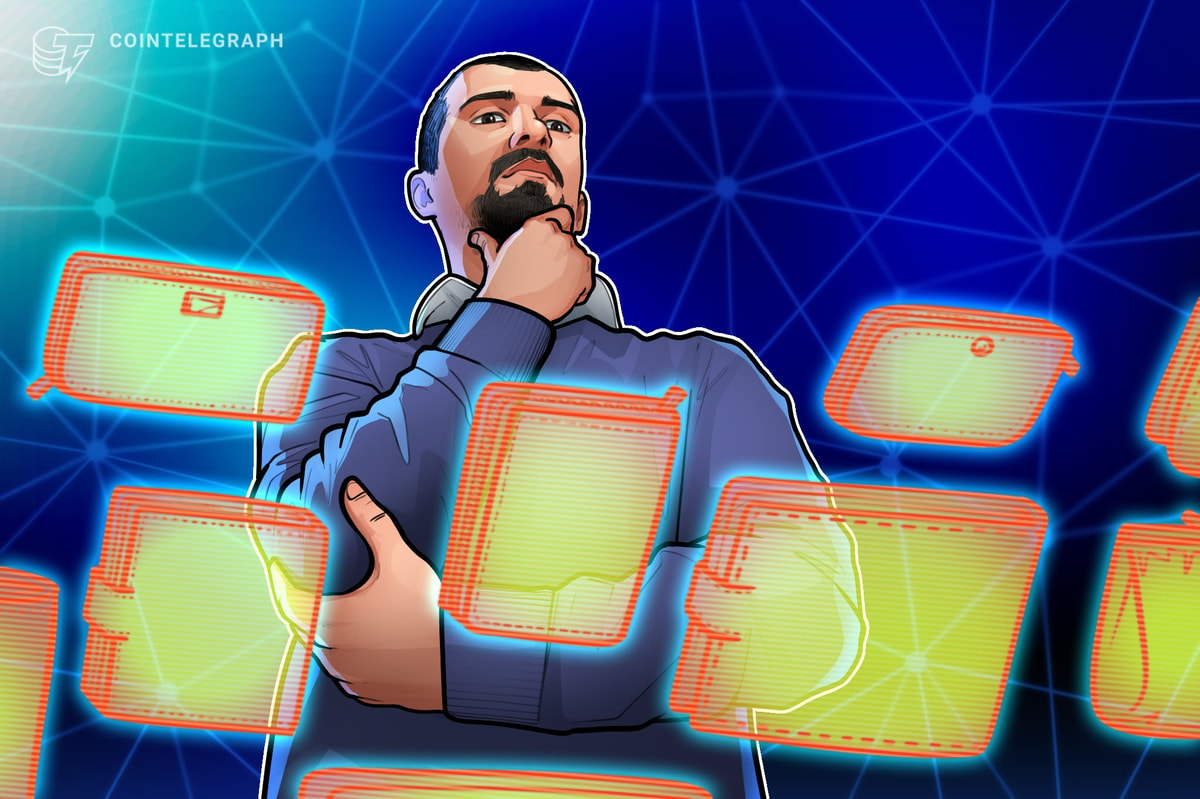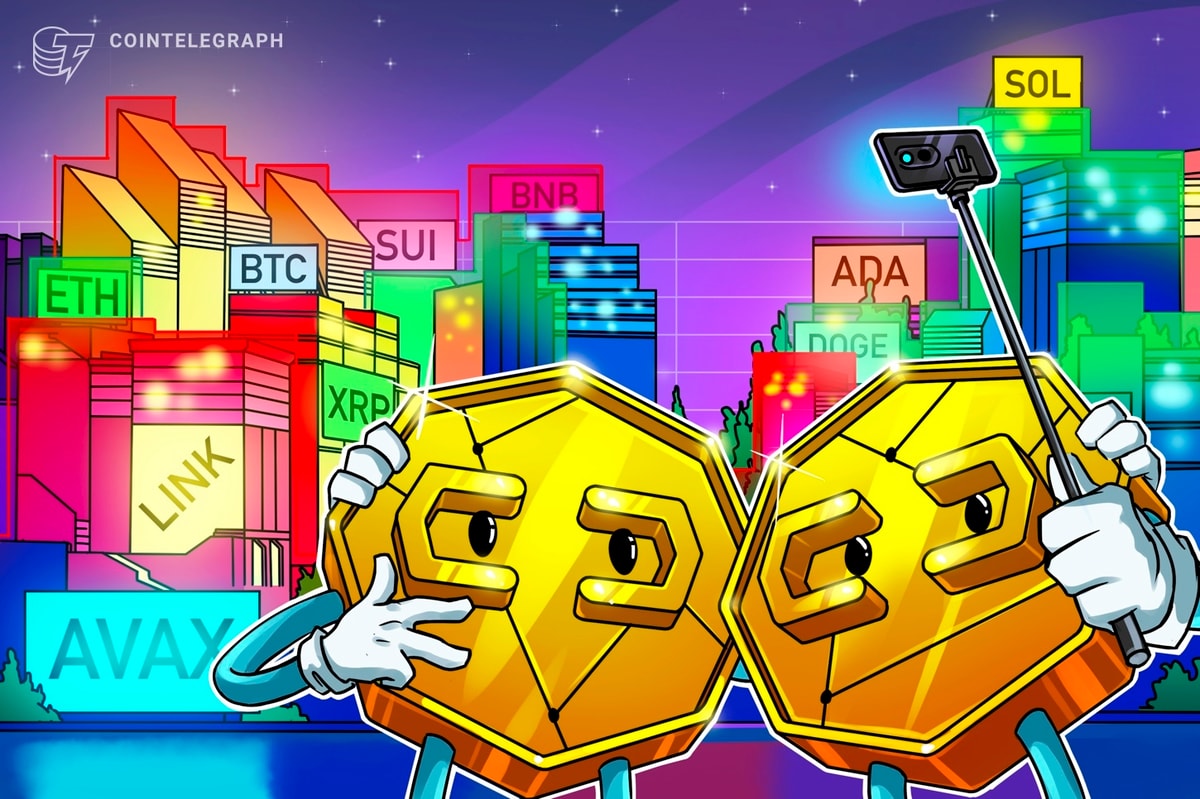Cardano is one of the largest blockchains and among the first to use the proof-of-stake consensus algorithm. While the network has been slipping away from the top 10, it remains one of the most decentralized platforms. Pooltool data shows that Cardano has over 2,800 stake pools (or validators) when writing on October 16.

To maintain this level of decentralization, stake pool operators must run nodes and maintain a high uptime, over 99%, to avoid penalties. This is often achieved using centralized cloud service providers like Google, Amazon, and others.
Developer Proposes To Decentralize Computing Resource Using Physical Infrastructure
A proposal now aims to decentralize the physical computing infrastructure, ensuring that stake pool operators don’t spend cash on centralized solutions but home-run options while helping the network grow.
Although nothing can be taken away from Google and other centralized cloud operators since their computational resources have helped Cardano scale and grow, there are concerns that their role in securing the platform could exert undue influence.
This approach also goes against what blockchain stands for decentralized systems diffuse power from centralized organizations to individuals, resulting in a more robust and reliable ecosystem.
Accordingly, the proposer is forwarding an idea to move money away from Amazon, Google, and other centralized cloud service providers that host most of these stake pools to individual networks for resilience and sustainability.
The proposal describes using Cardano Home Portal devices to decentralize computing resources. These gadgets are designed specifically for AI computation and will be developed with HyperAppliance. Once connected, they will reroute funds otherwise spent on centralized options to the owner’s ADA wallet.
Cardano Transits To Voltaire, Decentralizing Governance: Will ADA Rise?
This development comes after the transition from Goguen to Voltaire. After Chang, ADA users can now participate in voting, helping shape how the blockchain evolves.
With decentralized governance, the network shifts away from using centralized federated agents to a community-driven approach via decentralized representatives (DReps) that gives more power to ADA holders.
Although Cardano migrated to Voltaire without any hitches, ADA remains under pressure. The coin has been sliding after rallying to $0.80 in March 2024. It is now down 56% from this year’s high and risks plunging lower if bulls fail to break above the current consolidation and resistance at $0.40.











